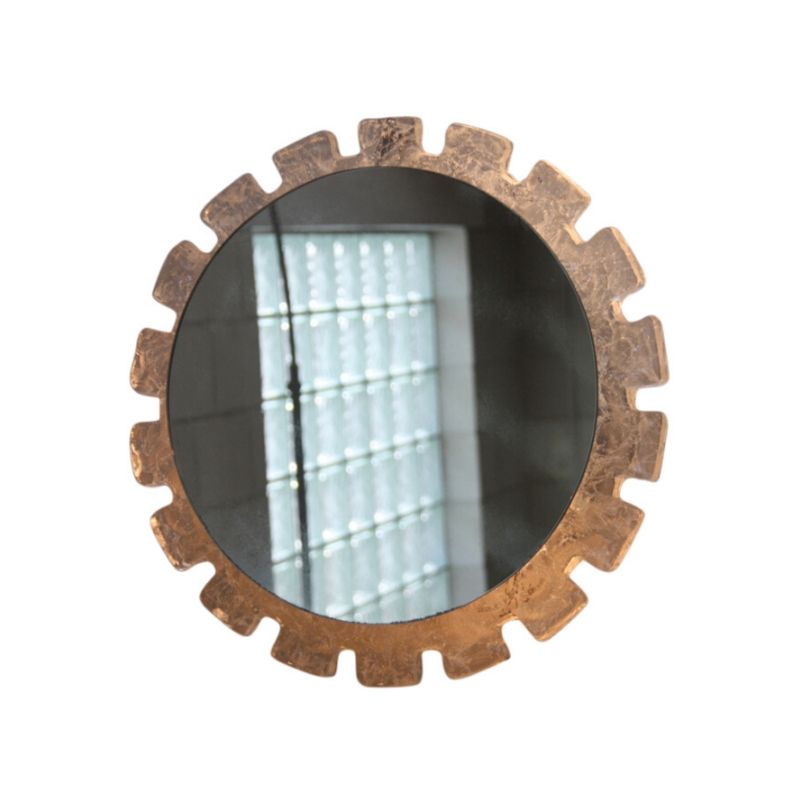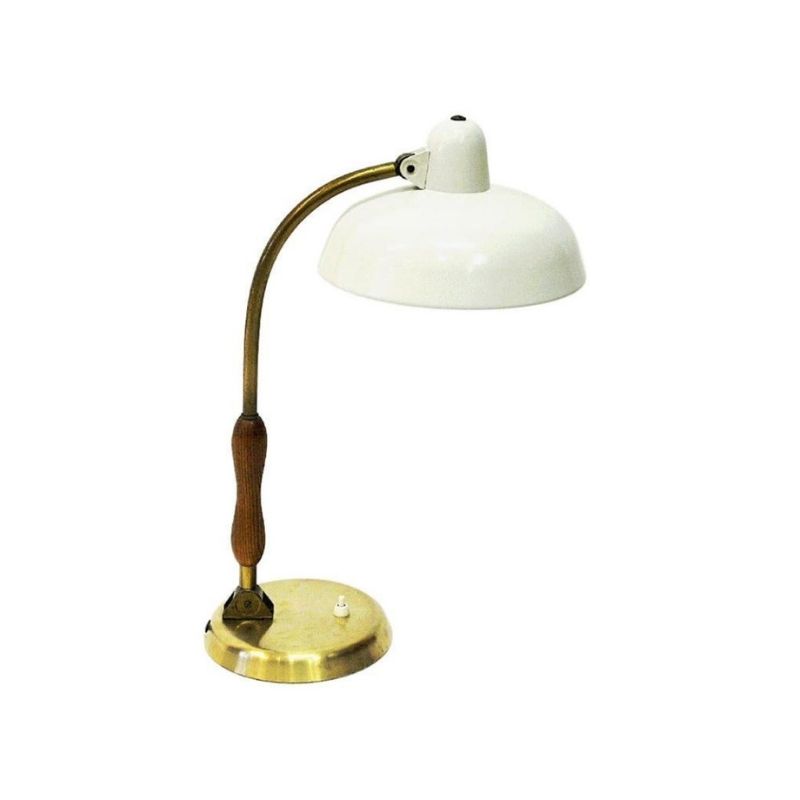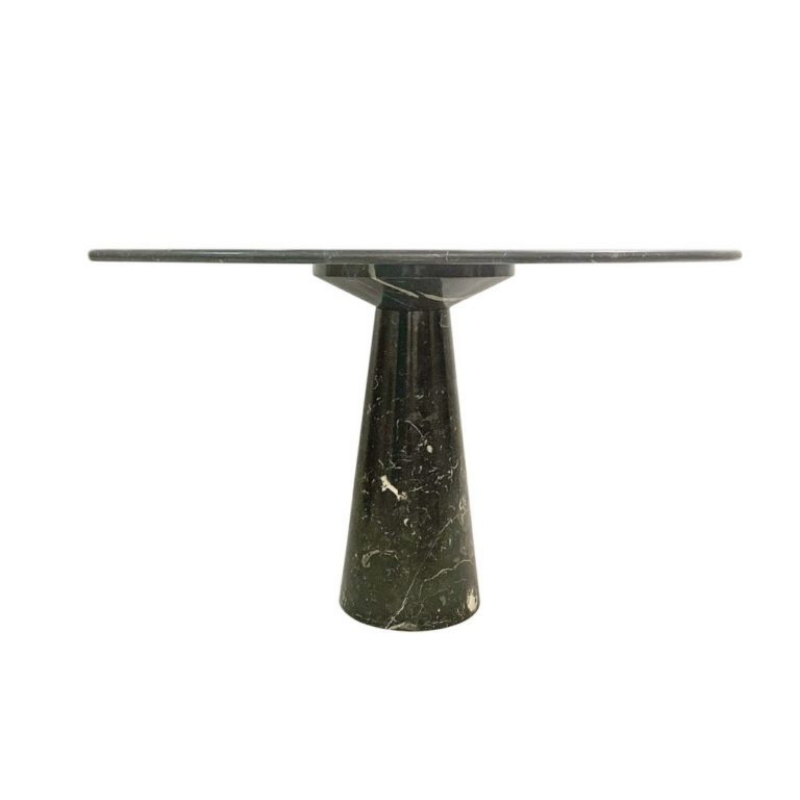Some persons are worried that something approaching The Great Depression, probably to be understood as The Great Stagflation, is going to unfold shortly on the heels of the mortgage defaults, that triggered mortgage backed securities to tank, that caused hedge funds to tank, that caused stock markets to swing wildly, that cause sharp spikes in demand to borrow to finance losses, that lead to runs on banks, that lead to massive printing and infusion of Federal Reserve currency and debt instruments (effectively one and the same thing) by the President's Plunge Protection Team, that lead to a massive increase in money supply, that is already triggering inflation as I write, that will require the Fed to raise interest rates, both of which will drive the value of the dollar down sharply vs. most other currencies, which will result in an unprecedented spike in stagflation, which means a reduced or negative rate of growth in GDP, coupled with a spiking rate of price inflation, that will spike unemployment, that will make Americans able to afford to buy much less from abroad and considerably less produced domestically, that will make it harder to decorate the house that Jack built.
Will designers respond to The Great Stagflation with Neo Streamlining, as designers responded to the Great Depression in the 30s? Or something else? I suspect something else, because staflation is different than depression, i.e., straight price deflation.
interesting question, I donk...
interesting question, I donk think glitz will follow, not immediately anyway. I think what will happen is that Karim Rashid and his unfortunate misguided foolish friends will have their tails forced between the legs for some time. Designers might actually start paying more than lip service to the "responsible consumption" debate.
This is my prayer anyway, what will actually happen no one knows...read Alvin Toffler for a laugh. I read Vance Packards The Waste Makers last year and sometimes wonder if things have changed at all. At least in the past people were prepared to think about ideas like planned obsoslesence, now people are too busy grubbing their snouts inside the plasma television troff to even care.
Forget about what designers will do...
Think what could be done to designers if they (we designers) are identified as being part of the problem instead of part of any solution.
Bell Geddes, Raymond Loewy, Henry Dreyfuss etc. were seen as part of the solution and managed indeed to get consumption going again by re-inventiong or inventing a form language of hope, an open window showing what the future could be, sometimes too naive, most of the time too exhuberant but North America believed them.
The situation right now is almost the opposite. The disillusion with contemporary production is such that even design minded people feel more comfortable with the achievements of the past than with any proposals for the future.
I have not enough insight in the financial world, but your prediction DC seems a very realistic one. Saving are dropping at an alarming rate, the debt that the U.S. has accumulated is beyond imagination. Too many companies are build on imaginary assets etc. etc.
I suspect that design has been a large part of the mess.
The only thing I see...
The only thing I see happening to designers will be increased unemployment. Manufacturers and advertisers will feel the brunt of any backlash which will probably come from politicians who won't want to alienate voters with direct criticism. The average consumer if he has any sense of self reflection will only feel guilt and regret...but its all speculation really.
What I hope to see in the future is standardisation and increased analysis of systems of production across different industries. It would require compromise but its would be so good to see component "x" be designed so that it can fit into product A B and C without alteration.
HP, I generally agree with you, at the place you want to arrive, but I would do it usually going on the opposite route!.
HP, I generally agree with you, at the place you want to arrive, but I would do it usually going on the opposite route!.
You said:
''What I hope to see in the future is standardisation and increased analysis of systems of production across different industries.''
To me the 'solution', is more the opposite.
To me the problem are the big companies n Top brands (yes I know it,s my problem)
So to me the solution is LESS standardization.
And when you said:
''What I hope to see in the future is standardisation and increased analysis of systems of production across different industries. It would require compromise but its would be so good to see component "x" be designed so that it can fit into product A B and C without alteration.
Your way, to me, only benefit big companies, they will manage the only component ,X,.
I would prefer to have 500 diferent components, exchangeable , produced by 200 different small companies, from 100 different countries. Then we could interconnect some of the 500 (don,t tell me you can,t connect A with B, try with the rest of the 498!!!), and this way you,ll have no one but thousand different possibilities.
PS: HP, I had this written some days ago, and now I decided to posted. But it fun how often I agree with you, at the arrival point, but not in the way to achieve it.
HP, I generally agree with you, at the place you want to arrive, but I would do it usually going on the opposite route!.
HP, I generally agree with you, at the place you want to arrive, but I would do it usually going on the opposite route!.
You said:
''What I hope to see in the future is standardisation and increased analysis of systems of production across different industries.''
To me the 'solution', is more the opposite.
To me the problem are the big companies n Top brands (yes I know it,s my problem)
So to me the solution is LESS standardization.
And when you said:
''What I hope to see in the future is standardisation and increased analysis of systems of production across different industries. It would require compromise but its would be so good to see component "x" be designed so that it can fit into product A B and C without alteration.
Your way, to me, only benefit big companies, they will manage the only component ,X,.
I would prefer to have 500 diferent components, exchangeable , produced by 200 different small companies, from 100 different countries. Then we could interconnect some of the 500 (don,t tell me you can,t connect A with B, try with the rest of the 498!!!), and this way you,ll have no one but thousand different possibilities.
PS: HP, I had this written some days ago, and now I decided to posted. But it fun how often I agree with you, at the arrival point, but not in the way to achieve it.
Thanks Gustavo, quite...
Thanks Gustavo, quite stimulating.
I think products can be broadly divided into two categories, those close to the heart and those not. Its the refrigerators and aeroplanes and computers and cameras that need radical standardisation. Thes are the products that consume insane amounts of limited resources.
For the sake of our souls I think for clothes, housing and furniture we need to return to craft, these are the products that tend to use re-newables.
Thats this weeks way of thinking anyway!
If you need any help, please contact us at – info@designaddict.com









